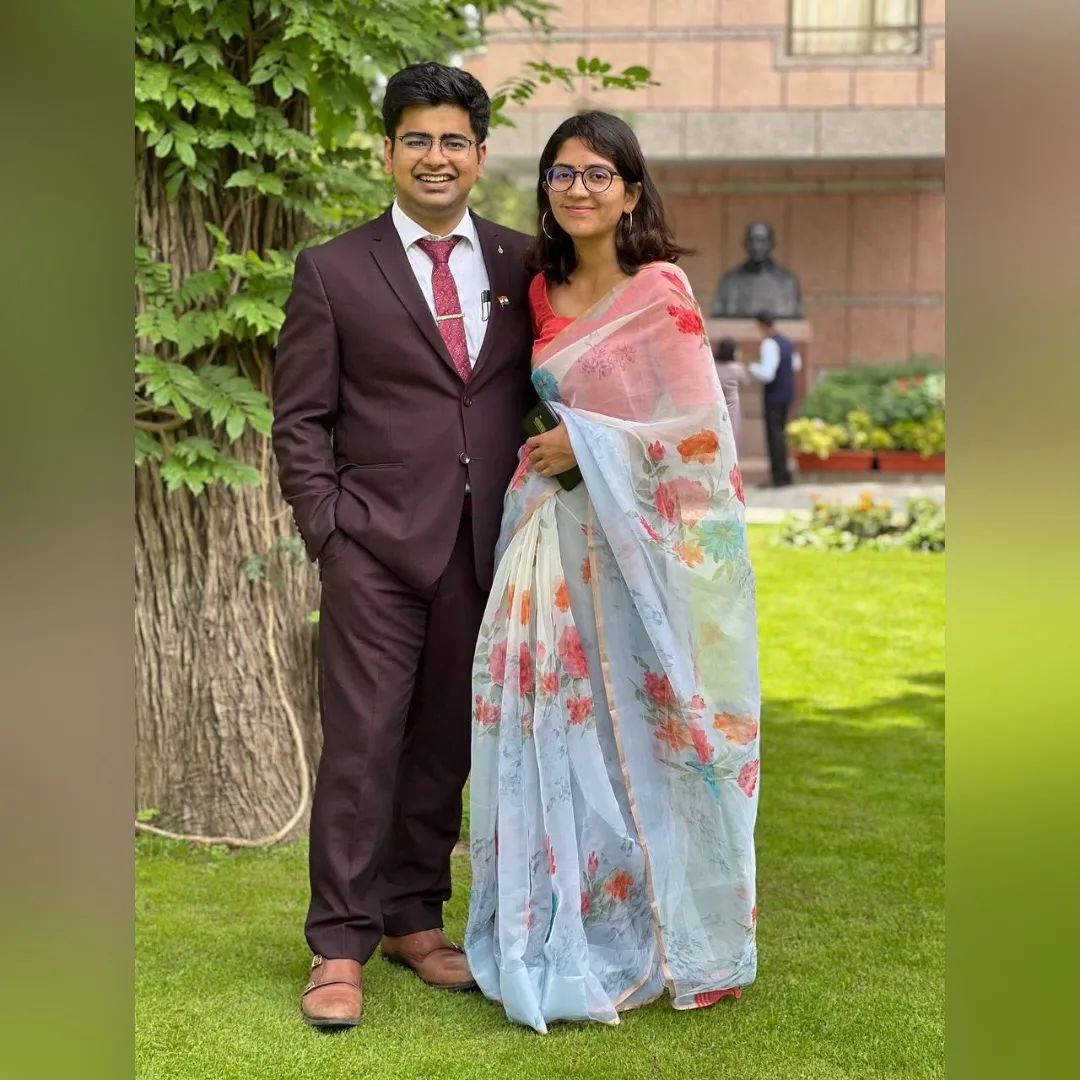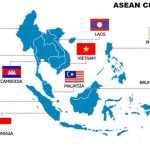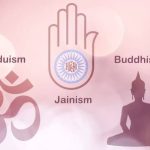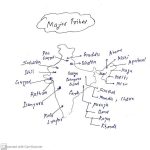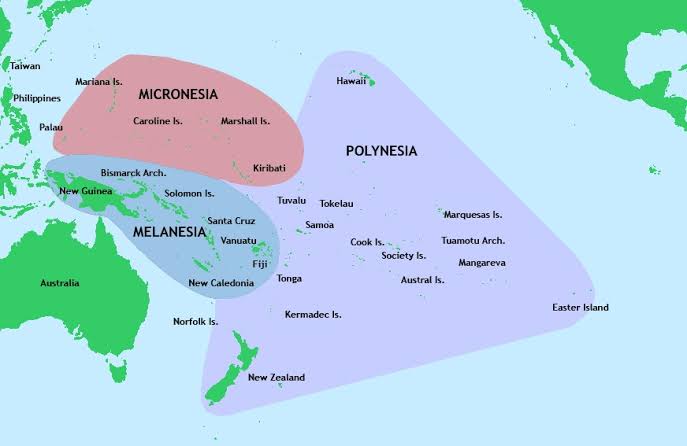
The Indian government puts a lot of value on its relationships with Pacific Island Countries. India’s expanded “Act East” Policy is based on the idea that economic ties and cooperation with Pacific Island countries are very important. India has worked closely with countries like Fiji, which has a big number of people with Indian roots, for a long time. India has been one of the 18 conversation partners at Pacific Island Forum (PIF) meetings. Other dialogue partners have included the US, the EU, and China.
Table of Contents
- 1 Pacific Island Nations (PINs)
- 2 Significance of Pacific Island Nations to India
- 3 Historical:
- 4 Geographic
- 5 Strategic
- 6 Economic:
- 7 Areas where India can Help
- 8 Opportunities for India
- 9 Agriculture and Allied Sectors
- 10 Manufacturing and Minerals Exploration
- 11 Services Sector:
- 12 Climate Change and Disaster Management
- 13 Space Technology:
- 14 Culture and Diaspora
- 15 Recent Initiatives
- 16 Visit by State Dignitaries
- 17 Forum for India-Pacific Islands Cooperation (FIPIC):
- 18 Challenges for India
- 19 Way Forward
Pacific Island Nations (PINs)
• The Pacific Ocean is the world’s largest ocean, covering 46% of the water surface and one-third of the earth’s total surface. The region has 41 separate countries, plus Taiwan, and 22 territories that are not independent. 71% of the world’s ocean fish catch comes from this area. The Pacific island states are a group of 14 island nations in the Pacific Ocean: Cook Islands, Fiji, Kiribati, Marshall Islands, Micronesia, Nauru, Niue, Palau, Papua New Guinea, Samoa, Solomon Islands, Tonga, Tuvalu, and Vanuatu.
As small, remote island economies, all of these countries face the same problems and have the same possibilities. They are small, have few natural resources, narrow economies, are far from major markets, and are sensitive to shocks from the outside. All of these things can hurt growth and have often led to a lot of economic volatility.
Significance of Pacific Island Nations to India
• The area is important because it has a lot of marine resources and is important from a geostrategic point of view, among other things.
• The next step in India’s “Act East” plan is to reach out to Pacific island states. With the Forum for India-Pacific Islands Cooperation (FIPIC), the India-Pacific Islands Sustainable Development Conference, and the Prime Minister of India’s visit to Fiji, among other things, the relationship with the Pacific Island Nations has picked up speed. Even though the relationship has roots in the past, the way it works now is largely based on geographical, economic, and strategic reasons.
Historical:
India is in a better position to keep its impact in the area because it has been there longer. Like India, PINs was ruled by Europeans as a colony.
• Fiji Indians: 37% of the people in Fiji are of Indian descent. In the 1800s, many Indians were forced to work in Fiji as part of an agreement. Aside from Fiji, Tonga, Vanuatu, and Nauru get along well with India. Papua New Guinea, Solomon Islands, Kiribati, and other countries feel warmly towards India as well.
• The Indian name is well-known on these islands because of the Indian traders and businesspeople from Fiji.
Geographic
• Fiji is the largest country in the group, with about 880,000 people living there.
• Kiribati is one of the most isolated and spread out countries in the world. It is made up of 33 coral atolls that are spread out over 3.5 million square kilometres of water, which is bigger than India.
• India’s energy needs depend on its long continental shelves, huge EEZs that overlap, and ownership of a lot of natural resources that haven’t been used yet.
• Mining rare earth metals and other deep sea minerals will help the electronics and other businesses.
Strategic
• Key sea lines of communication (SLOCs) are strongly crossed by PINs.
• Trade routes between Asia and the Americas that go back a long time.
• Twelve of the 14 Pacific Island countries have a vote in the United countries, and India says it has a “firm stated commitment of support” from at least 10 of these. So, they are a big reason why India is a part of the UNSC.
• India’s own connection to PINs is important for countering Chinese influence in the Pacific area.
• India’s Act East Policy is based on PINs.
Economic:
The area is important for the economy because it has a lot of marine resources, deep sea minerals, and gas.
• Trade potential: diversifying markets, promoting exports, building up businesses, and making make in India work. India can take steps to improve trade from its current level of about $300 million a year, which is made up of about $200 million in exports and $100 million in imports.
• Agriculture: Palm oil, sugar and timber are major products. Mahogany grows well in PINs, which can help meet the needs of the Indian paper business for wood.
• Services: India can improve the use of PINs in tourism, health care, information technology, and fishing to make more money and jobs.
Areas where India can Help
• A huge amount of potential hasn’t been reached because the population is spread out and small, there aren’t enough skilled workers, and there isn’t enough communication.
• The region’s economic growth has been hurt by the low number of manufacturing jobs.
• Connectivity has had an effect on trade and business.
• There is a real risk that PINs will be flooded soon because of Climate Change and global warming.
• PINs have always been based on agriculture, but the unstable product markets around the world, especially in the sugar market, are causing economic problems.
• People in these countries have more trouble because they don’t have enough schools and hospitals.
• Since the US and China, two of the world’s biggest economies, are on its border, the Pacific has been and will continue to be a major role in the geostrategic plans of the US, Japan, China, and Russia. Many smaller states and island regions, like the 14 members of the PIF, are caught up in this situation of strategic competition and rivalry.
• Because there are so many states and territories in the Pacific, there have been many maritime conflicts, especially in the South China Sea (between China, Taiwan, and 6 ASEAN countries) and the East China Sea (between China, Japan, and China and South Korea). Even though China is a signatory to the UN Convention on the Law of the Sea (UNCLOS), it acts aggressively by making independent claims. This makes PINs very worried.
Opportunities for India
Agriculture and Allied Sectors
• India can add more value to their goods, such as copra, sugar, timber, etc., to make them more profitable.
• To strengthen the connection, India can offer technology in areas like fishing, marine resources, agriculture, coconut, coir, etc.
Manufacturing and Minerals Exploration
• The sea beds of places like Papua New Guinea, Kiribati, and Fiji are full of oil and minerals. India can work with other countries to find these resources. This will help both India and the other country meet their energy needs.
• Biomass gasification, solar energy, wind energy, and wave energy are all good ways to make power, and India can help in these areas.
• When it comes to trade, India can help MSMEs grow with the help of the FIPIC Trade Office in New Delhi. India can also help Small Island Developing States get better access to markets.
Services Sector:
• By working together in IT, health, education, and tourism, India can help the rest of the region do better in the service industry.
• India can work on getting better at providing health services. At the moment, India’s generic drugs are sold through third countries at a higher price. India has offered a Line of Credit for this project so that a pharmaceutical plant and delivery centre can be set up in the Pacific Island area.
• Tertiary health care is difficult, and people have to be flown long places to get it. India can help them build hospitals that are up to date.
• All of the pacific island countries will have better human resources if “The Indian Technical and Economic Cooperation Training Programme” is made available to all of them.
Climate Change and Disaster Management
• Cyclones, storm waves, and other natural disasters will happen more often in PINs because of climate change and global warming.
• India can help Island States build the skills they need to deal with natural disasters by building up their human resources and using space technology for early warning systems and emergency action.
• India can take the lead in international platforms to help PINs get enough money to prepare for disasters and deal with climate change.
• “The India-PINs Sustainable Development Conference-2017,” which is part of FIPIC, will make it easier for people to share knowledge and experiences and start public-private relationships and collaborations that will help all of the countries that take part.
Space Technology:
• Because PIF members are spread out over large ocean areas, telecom and TV services through satellite technology and the internet could change the game.
• India can help set up a “Space Technology Applications Centre” in any of the Pacific Island countries for the benefit of the whole region. It can also do more to help train people in space applications, such as by making custom classes.
• Fiji has helped track India’s Mars Mission by giving Indian scientists a place to stay.
Culture and Diaspora
• In the area of media, Prasar Bharti can give away TV and radio shows about culture, entertainment, news, education, and other topics.
• Helping to set up India Centres with the help of e-libraries and giving books to university libraries in the PIF countries
• India has also raised the amount of “Grantin-Aid” it gives to each of the 14 Pacific countries from USD 125,000 to USD 200,000 per year so that they can use it for community projects of their choice. It has also started a new Visitors Programme for Pacific Island countries. These changes make India’s relationship with the PINs much better.
• Getting more involved with the Indian diaspora in PINs, especially in Fiji, will make things better.
Recent Initiatives
Visit by State Dignitaries
• Indira Gandhi went to Fiji 33 years before the Indian Prime Minister went there right after taking office.
• The Indian President’s state visit to Papua New Guinea (PNG) and New Zealand in April 2016 showed that India’s relations with the Pacific Island Countries (PICs) have gained new momentum since the Honourable Prime Minister’s visit in May 2014, which led to the creation of the Forum for India Pacific Islands Cooperation (FIPIC).
Forum for India-Pacific Islands Cooperation (FIPIC):
• The Forum for India-Pacific Islands Cooperation (FIPIC) was created in November 2014 to improve ties between India and Pacific Island Countries.
• Heads of Government met at the first FIPIC summit in November 2014 in Suva, Fiji. The FIPIC-II summit took place in August 2015 in Jaipur, India.
• The FIPIC initiative is a serious attempt to increase India’s involvement in the Pacific region. It is part of India’s “Act east” strategy, which means “look east.”
Challenges for India
• India doesn’t have a strong diplomatic presence, and many PIF members are covered by Indian missions that don’t live there and can’t come as often.
• Fighting China, which has a lot of power in the area, will be hard. • Meeting the needs of so many projects will take a lot of money and people.
• China has gotten a lot stronger in the area by setting up diplomatic offices in each of these countries and making business and trade ties stronger. More than 3,000 Chinese companies are already doing business in these island groups. • Because Australia is so close, it has a lot of impact on these countries. For example, Australia is helping Papua New Guinea develop its natural gas.
Way Forward
• The rising sea levels and extreme weather events caused by global warming pose big problems and risks for the PIF countries. Before they all die, India needs to work with these countries to stop climate change.
• Setting up a special USD 1 million fund for adapting to climate change and clean energy, a Pan Pacific Islands e-network to improve digital connectivity, cooperation in space technology applications to improve the quality of life on the islands, and training for diplomats from Pacific Island countries will help island nations diversify.
• India’s projects should be put into action better if the project management and financial approval methods are changed in the right way.
• Even though India faces these problems, it needs to build on its strengths, such as health tourism and building democratic structures, which PINs need a lot.
• India’s close ties with Fiji, a country with a lot of power in the area, are a strong point that could help counter the growing power of China.
• Maybe India should follow China’s example and open more diplomatic posts in FICs. India has two diplomatic missions in FICs, while China has seven. India will be one of many powers in the Pacific, so it needs to focus on what it does best and fill a gap.
Conclusion
• People from the warm and friendly Pacific countries should be brought closer to India. India, on the other hand, can share its knowledge in these areas with these other countries.
• Distance doesn’t have to keep people from getting closer in a world that is getting smaller.
• It looks like China wants to make another “string of pearls” in the South Pacific that works in its good, mostly through trade and economic cooperation. India can effectively counter these moves if it uses its assets in the region and uses its cultural advantage to engage and build closer relationships. India also needs to get another fleet in the Andaman and Nicobar Islands to improve its military engagement with South Pacific.






